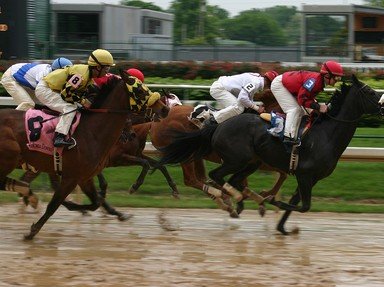
A Score of Kentucky Derby Winners! Quiz
From the 19th to the 21st centuries
Here is a selection of Kentucky Derby winners across three centuries, but all jumbled up. Can you set the record straight? You've got 20 to arrange, in honor of the 20 slots available for horses to enter in the Run for the Roses.
This is a renovated/adopted version of an old quiz by author joker157
An ordering quiz
by gracious1.
Estimated time: 3 mins.
- Home
- »
- Quizzes
- »
- Sports Trivia
- »
- USA
- »
- Kentucky Derby